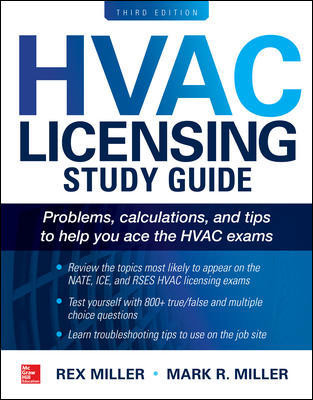
Filters
installed at this disk drive component manufacturer removed more than
90% of corrosives in the air.
Continual advances in disk-drive technology require suspension assemblies with specialized designs, expanded functionality, and greater precision. Hutchinson Technology, a component supplier to the disk drive industry, uses photoetching technology to produce thin, intricate suspension components with close tolerances that are impossible to duplicate with other processes such as stamping or laser cutting.
In the photoetching process, optically generated images of the part are transferred onto thin metal sheets using ultraviolet light. These images define the areas that are to be dissolved (etched) by chemicals and the areas that are to be protected. The photoetching process involves the use of various acids - common, yet corrosive materials. These materials that are within the process also have the potential to decrease product yield. As a player in an intensively competitive industry, the company needed a solution to ensure optimum process air quality.
CONTAMINATION CONTROL
Hutchinson Technology has been a Purafil customer for more than a decade. They had experience with and were confident in Purafil’s engineered clean air solutions, as evidenced by the numerous systems in operation in the company’s manufacturing plants.Since HTI continually strives to achieve optimum product yields, Dan Miller, P.E., senior corporate engineer, contacted Purafil to discuss contamination control options and develop a testing protocol to evaluate the use of a new Purafil chemical filter product. His concerns were not that Purafil’s technology could be applied, but whether it would be effective in this application, where the process air temperature exceeds the maximum recommended temperature limit of 125ºF (52ºC) for gas-phase air filtration media to typically be effective.
Miller ordered Purafil’s PuraGRID™ filter with the Puracarb® GridBLOK™ technology along with two copper and silver Corrosion Classification Coupons (CCCs) to monitor performance.
DESIGNED TO CAPTURE
The GridBLOK is a new gas-phase air filtration medium in the form of an extruded monolithic block consisting of a large number of small straight and parallel cells or channels. The GridBLOK is composed of essentially 100% adsorbent materials, allowing the entire composite structure to function as a gas filter.Due to the large number of cells in each GridBLOK, the contact area between the adsorbent layer and the airstream that travels inside the cells is very large. Furthermore, the cells are straight and parallel, so that the flow is not obstructed and the pressure drop across the GridBLOK is extremely low. The cellular geometry of the extruded GridBLOK provides a high surface area per unit volume important for proper impregnation of adsorptive materials. The size of the cells leads to turbulent flow, forcing contaminated air into and through the gas permeable cell walls of the GridBLOK.
It also provides the residence time necessary to ensure optimum contact efficiency and the associated high initial and average removal efficiencies. As the air is forced through the GridBLOK, removal of chemical contaminants takes place. When coupled with the GridBLOK technology, the new PuraGRID filter functions as a self-supporting filter with no bypass through or dust generation from the filter.
CUSTOMER SATISFACTION
Once the PuraGRID filter had been installed into the existing process airstream, one CCC was placed upstream of the PuraGRID, and the other was placed downstream of the PuraGRID. After 14 days, the CCCs were sent to Purafil’s state of the art laboratory for extensive testing.Analysis showed that (as suspected) the air upstream of the PuraGRID was contaminated. In fact, both the copper and silver exhibited corrosive rates greater than 2,000 Angstroms (Å)/30 days, which is categorized by the International Society of Automation (ISA) to be a highly corrosive environment (Class GX - Severe) and one in which only specially designed and packaged equipment would be expected to survive. The corrosion rates on the downstream CCC, however, were reduced by more than 90% and meet the requirements for an ISA Class G1 – Mild classification, indicating that corrosion is typically not a factor in determining equipment reliability.
The large reduction in corrosion rates observed in Hutchinson Technology’s chemical filter evaluation program can be attributed to the use of the PuraGRID filter, according to the facility, and confirmed that the system was removing the corrosive elements from the air.ES




